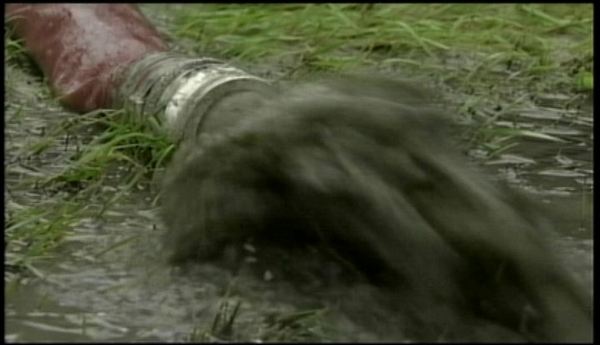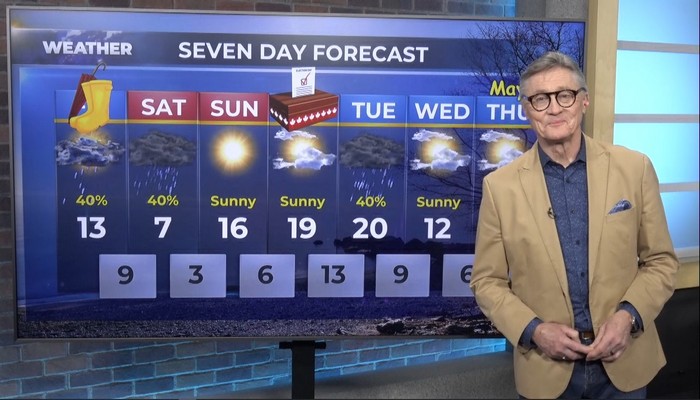
Getting ahead of storm damage

[projekktor src=’https://488b0f6bbd6e1f02d285-a9990803a5649dd3960d912508d8bce9.ssl.cf2.rackcdn.com/2013-1121-StormDamageEN6.mp4′ poster=”]
Wild and unpredictable weather these days has lead to some sever storms and significant damage. This summer, flooding brought Toronto to a standstill. And now in Hamilton, city leaders want to be prepared for the increase of heavy storms. That’s why the city has teamed up with the Insurance Bureau of Canada for a new program that aims to stop flooding before it happens. Kelda Yuen has more.
If you’re noticing more rainy days, you’re right. John McLennan is a Risk Manager for Hamilton: “We have 20 more rainy days than we did in the 1950’s which is when a good bulk of our infrastructure went in the ground.”
A quarter of the city of Hamilton still uses a combined sewer system. Dan McKinnon is the Director of Hamilton Water: “Rainwater and sanitary sewage gets into the same pipe so that really creates a lot of challenges for us below the escarpment and on the northern edge of the escarpment because you’re competing for space in that pipe.”
When rainfall exceeds the capacity of the pipe, flooding happens. Last July, flooding in Binbrook, Stoney Creek, and the Red Hill Expressway left many homeowners frustrated as sewers backed up into their homes.
Hamilton is hoping to change that. It’s a partner in “M-RAT”, a Municipal Risk Assessment Tool that collects data on climate, age of infrastructure and the number of insurance claims throughout the city.
Ralph Palumbo is Vice-President of the Insurance Bureau of Canada: “What the product will do is develop risk maps, neighbourhood by neighbourhood, and you’ll be able to see in red the areas most at risk, and green the areas that are least at risk.”
By pinpointing at-risk areas where infrastucture should be updated, the city hopes: “There will be fewer claims, fewer losses to insurance companies, and lower premiums as a result.”
John: “If someone right now can’t get insurance, when we get the end product, they might find they can. The areas of concern will be smaller.”
So far in 2013, losses from natural disasters, including the recent Alberta and Toronto floods total close to $3 billion, that’s the highest in Canadian history. This pilot program that was revealed Thursday at City Hall will be able to predict what Hamilton can expect in terms of flooding for this year, 2030, and 2050. Hamilton hopes this will give city engineers a better idea of how to prioritize.







